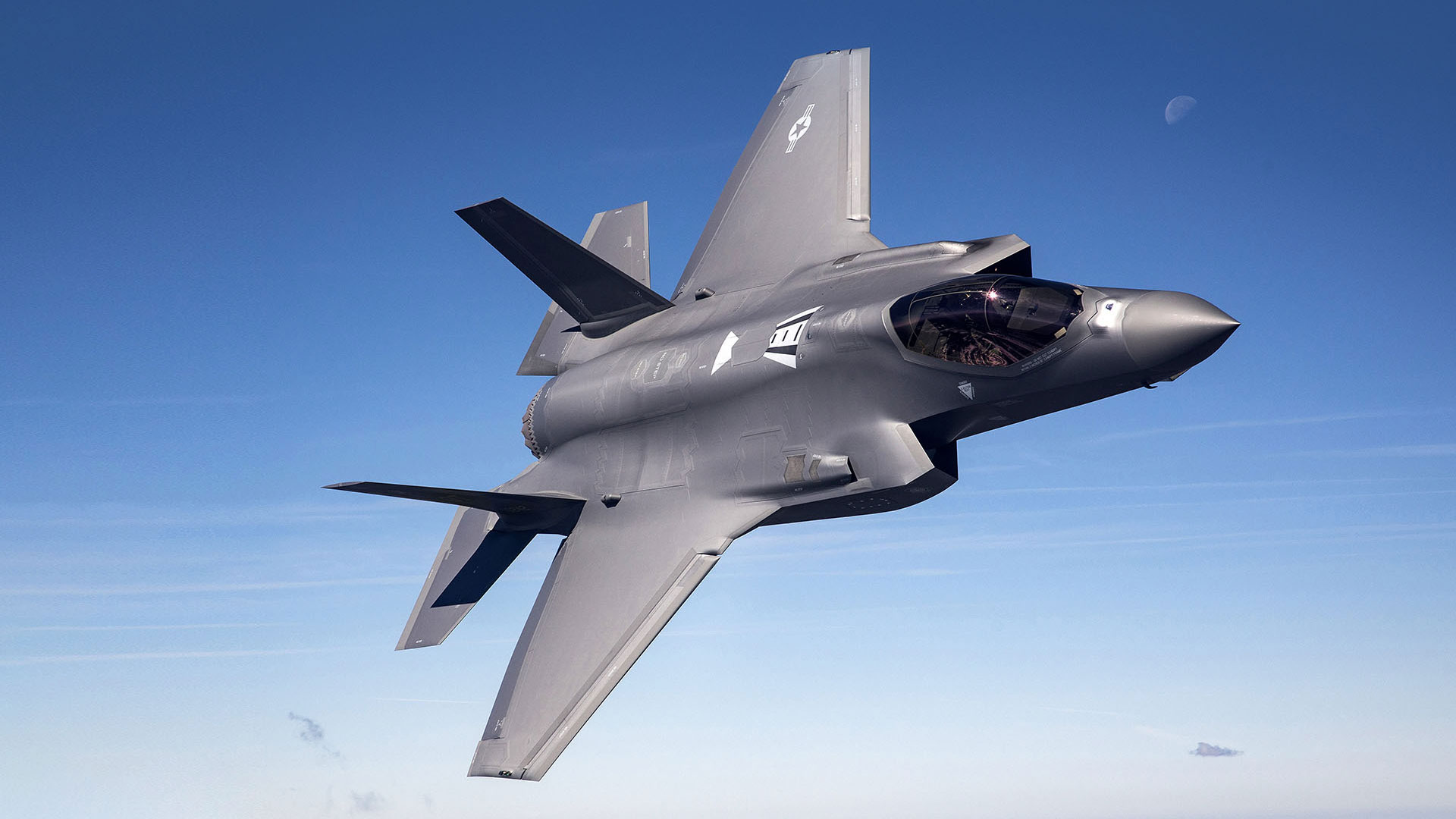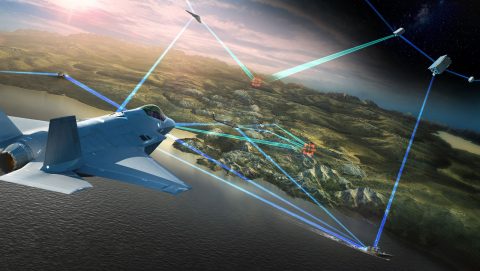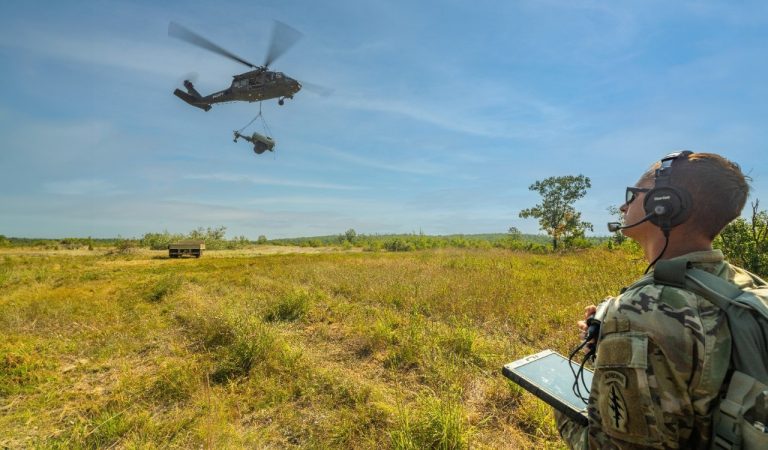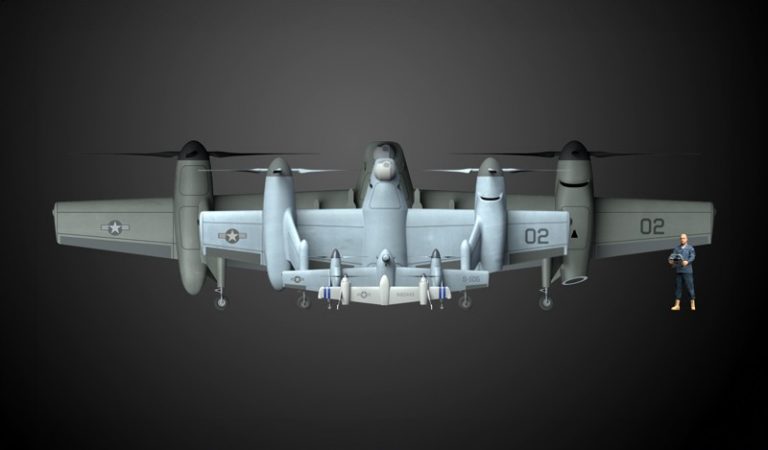Making urban air mobility a reality will take more than just an aircraft. It’s going to take an entire ecosystem of innovation.
Join us in our vision for seamless urban air travel that takes travelers out of traffic and gets them to their destinations safely, efficiently, reliably and affordably.
We’re 10+ years into our journey of developing enabling technologies relevant to the urban air mobility market. Our experience includes:

300+ hours of autonomous flight
The S-76B Sikorsky Autonomy Research Aircraft (SARA) is equipped with MATRIX™ Technology. We’re working closely with the Federal Aviation Administration (FAA) to certify MATRIX so that it will be available on current and future commercial and military aircraft.

Analytics, Predictive Health Maintenance and Artificial Intelligence
With advanced prognostic algorithms and unrivaled experience of managing fleets of helicopters around the globe, we’re uniquely positioned to deploy production ready artificial intelligence (AI) solutions to significantly improve aircraft availability while minimizing costs.

Electric Propulsion
In 2008, we started developing Firefly™, an all-electric technology demonstration aircraft. We used this to better understand enablers that could provide zero emission vertical flight that is smooth, quiet, clean, simple, reliable and affordable.
Future City Mobility: Traveling in Three Dimensions
An Opportunity to Add a Rapid Mobility Option to Combat Growing Congestion
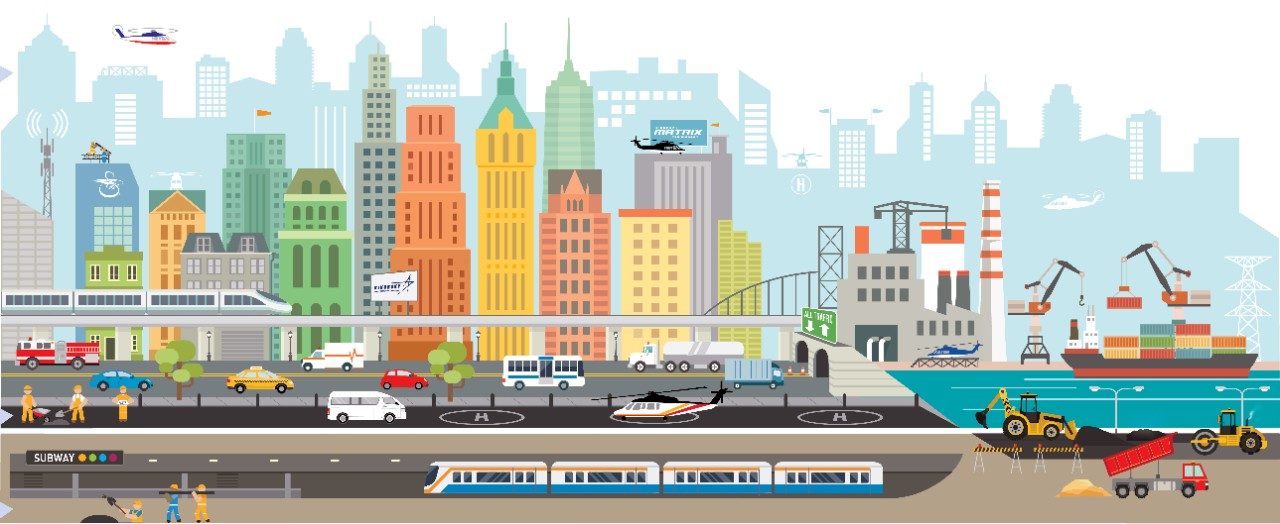
By the Numbers
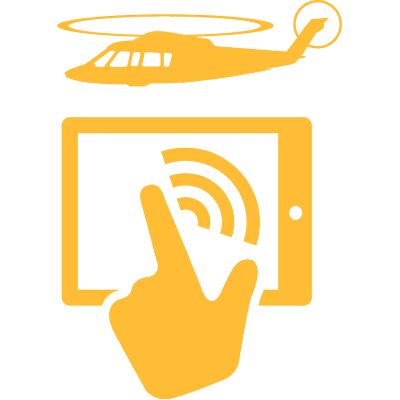
2013
First Flight of SARA Autonomous Flying Lab
300+
Hours of Autonomous Flight with MATRIX™ Technology
100+
Optionally Piloted Takeoffs and Landings
Infrastructure Costs
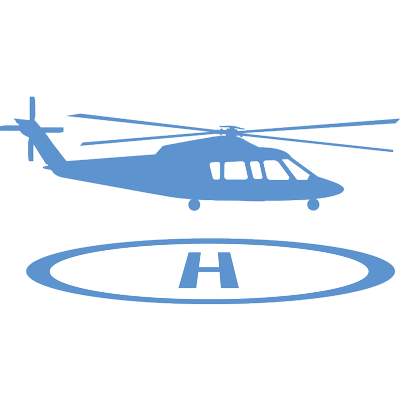
Helipads
$0.5M - $2M per landing spot
vs. Surface Roads
$3M - $10M per mile in U.S. urban areas
vs. Underground
$100M - $1B per mile
Need for Rapid Mobility

97hrs
Lost annually per driver in the U.S. due to congestion
$87B
Lost annually in productive time in the U.S. due to delays
100M
New cars per year sold by the early 2020’s
Safety Matters
Simple Safety Math
If successful, potential for 150M fleet flight hours per year. At that rate ...
Statistical Days Between Significant Failures
10-3 > 3.5 Minutes
1 Failure/1,000 Flight Hours
10-6 > 2.5 Days
1 Failure/1,000,000 Flight Hours
10-9 > 6.7 Years
1 Failure/1,000,000,000 Flight Hrs
Business Development Contact
+1 (800) WINGED-S (946-4337)
+1 (800) WINGED-S (946-4337)


